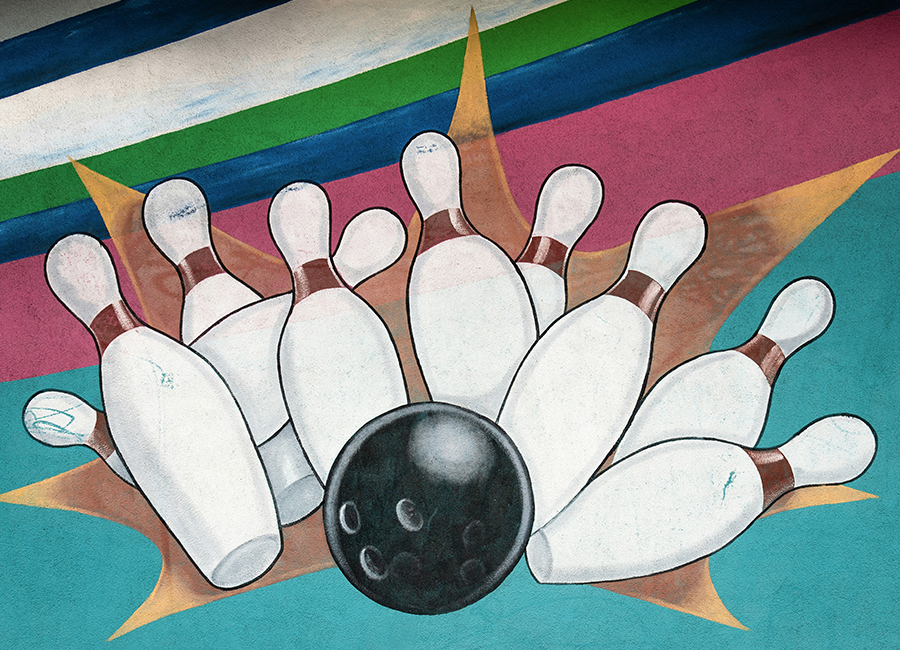As Mitchell and Imrie state, “a tribal approach to consumer behaviour answers marketers’ calls to look beyond conventional marketing theory and avoid pidgeonholing (sic) consumers through providing a means to segment groups of consumers based on meaningful shared characteristics.” FlexMR’s research into consumer tribes suggests similarly that tribal influences are better, more accurate indicators of consumer behaviour, thus allowing brands to get a better understanding of their target audiences’ actions in order to then influence their loyalty in regards to them. This enhances the brand and their services resulting in a more relevant and profitable status within the industry.
Consumer Tribes
Tribes have been around for as long as human history. Splitting consumers up by demographics might be the best way to work in some cases, however it doesn’t correlate positively in terms of revealing a group consensus of consumer behaviour.
Subcultures, as is stated in another of our blogs, are a type of consumer tribe that might be worth looking into depending on what type of industry a brand is in. For example, if a brand was in the gaming industry, then there is a subculture ready and waiting to be split up into further sub-tribes that indicate their interests and passions for different types of gaming (e.g. video vs. table top). But each subculture will have its own culture and dialect so to speak, so decoding that culture and language is essential in order to attract new consumers to be a part of a brand’s consumer tribe.
Each brand will have a personal consumer tribe built up of their loyal customer base. But that doesn’t mean that they will engage in market research as much as brands would like them too, even simply engaging tribes is still an issue that brands need to solve in order to tap into their minds and gain valuable insights.
Engagement is Key
Engagement is the key driving force behind the generation of insights, so no matter what type of research a brand may want to conduct, what segmentation or research method they use, engagement should always be at the forefront of their minds during the planning stages.
There are a variety of research methods that are incredibly engaging to start off with. Considering new exciting research methods such as virtual and augmented reality, scrapbook tasks, vox pops and diary studies, really any task that allows the participant to get creative and really involved with the subject of the research will count a good deal towards the amount of engagement a brand needs.
Which methods a brand chooses will depend very much on the rest of their research objectives and budget. But there are a variety of alternative research tools that aren’t widely used but are sure to catch the interest and excitement of consumers. Virtual Reality and Augmented Reality, as already mentioned are great for this, but also methods such as research gamification and wearable-based research provide a different research experience to what participants might have been expecting. Subverting their expectations provides a stimulation and a sense of intrigue that is rarely matched.
In order to gain their full engagement researchers must engage consumers on their own terms:
- Do much they use their desktop, laptop, or mobile to access research tasks?
- How long is their attention span? (Most participants agree that a maximum of 11 minutes is the best survey length.)
- What time of day and how much time do they prefer to dedicate to market research?
- Do they prefer to use visual responses over written ones?
The four questions above are only four of many that businesses should be asking to find out how to create the best research experience that will encourage the consumers to be as detailed and truthful/accurate as possible, thus allowing businesses to tap into essential tribal knowledge. Our Insight Manager Mayra explores this concept further in her blog.
Gathering Indicative Insights
Now, tapping into the mind of a brand’s consumer tribe isn’t just about gathering data, but also accurately interpreting that data. This data could come from a variety of sources and in a few different formats, which can be hard for some tools to cope with, especially if the different formats include .GIF, .PNG, .MP4 and other non-text or -number formats. For regular analytics of text and numbered data, there are a variety of analytical tools and methods out there to help with this part of the process, such as Q and R, or for those with more of a constrained budget, simply Microsoft Excel.
However, data interpretation is a key factor of the analysis stage of market research, and there are many external techniques that can enhance the interpretation of a research response. For example, when I mentioned visual responses in the section above, I was talking about the increasingly more common incorporation of Emojis, GIFs, and Memes as answers options within research tasks and online communities. Using the linguistic and ethnographic tool of semiotics in this case provides a more accurate measurement of interpretation. Check out our latest whitepaper on how to accurately interpret visual responses in market research.
Nonverbal communication is central to our communication and empathetic abilities. Another example, is using body language and facial expression interpretation techniques within research tasks such as focus groups and webcam in-depth interviews. How consumers reply is just as important as what they’re saying. With all the hype of AI, it does bring a unique opportunity to help us accurately read body language to tell if someone is lying or simply to provide a bit more context of that participant’s behavioural patterns.
But taking the focus off the individual participants now, and onto the consumer tribe as a whole, customer experience mapping and monitoring is a great starting point that will better allow the identification of pain and anxiety points within the customer experience. This will enable brands to get a better idea of what behaviours lead consumers to their website or shop, and what exactly puts them off choosing their services or products.
Understanding Insights and Consumer Tribes
| Tweet This | |
| By combining engaging research tasks with objective but accurate analytics, tapping into the collective mind of a brand’s consumer tribe has never been more achievable. |
By combining engaging research tasks with objective but accurate analytics, tapping into the collective mind of a brand’s consumer tribe has never been more achievable. Engaging the consumer tribe on their terms and through market research tasks will encourage the generation of active insights, but demographic segmentation must be avoided both within the task itself and the analytical stage after it.
With the engagement stage opening the researcher up to receiving a lot of different types of data, analytical tools and techniques must be found that best fit the data at hand, for an accurate interpretation will provide actionable insights and enable businesses to get a better understanding of their tribe’s behaviour and opinions.

















